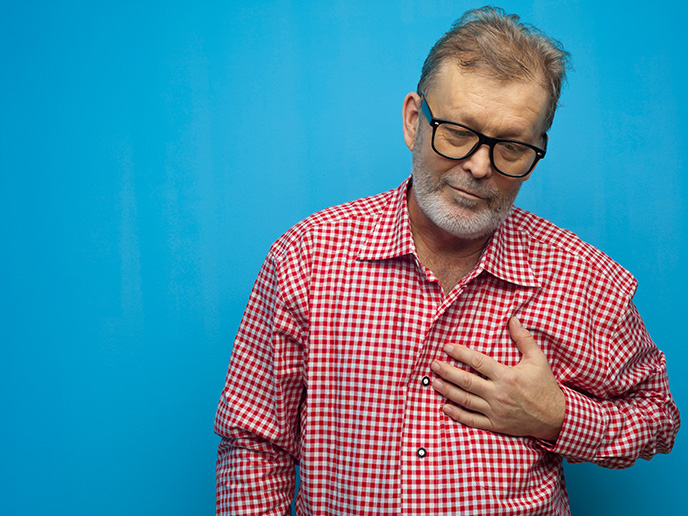Coated cells for tissue grafts
Innate immunity and biological incompatibility are a huge problem in tissue transplantation. Poor mass cell survival, clotting, massive inflammation and graft failure often result. The 'Corline heparin technology - enabling regenerative medicine' (CORLINE)(opens in new window) project has developed a unique approach to these problems that offers local protection without systemic side-effects. Attaching a heparin coating – the Corline heparin surface (CHS) – directly to the cell surface, this process can be used on many cell and tissue systems. The EU has granted orphan status to develop CHC™ for the prevention of reperfusion injury associated with kidney transplantation. Reperfusion injury of ischaemic tissues occurs when oxygen returns to once deoxygenated tissue. There is also a massive impact potential for further development of Islet transplantation as a viable therapy for severe type 1 diabetes. Moreover, the process is transferrable to other cell therapies including liver cells and mesenchymal (multipotent) stem cells. CHS coated fresh liver cells transplanted into a mouse model had a 100 % better engraftment. Moreover, they produced twice the amount of human albumin, a measure of healthy function. A partner's US manufacturing facility is now producing the CHS coating. BetaGraft®, a pig cell encapsulated in injectable alginate beads for cell therapy for diabetes is also in production. For the future, research may focus on the effects of coating on properties such as durability of capsules and handling stability. Replacement of arteries, an arteriovenous (AV) access graft is another application of the technology. To have regular haemodialysis treatment, there has to be access to the bloodstream and use of Corline technology reduces the risk of clotting and infection. AV grafts are also suitable for repair of small diameter vessels or otherwise untreatable vessels. Further development of the potential of CHC™ is set to revolutionise regenerative medicine. More specifically the compound is likely to become a solution to the ever-present problem of small diameter vessel damage in surgery and disease.







